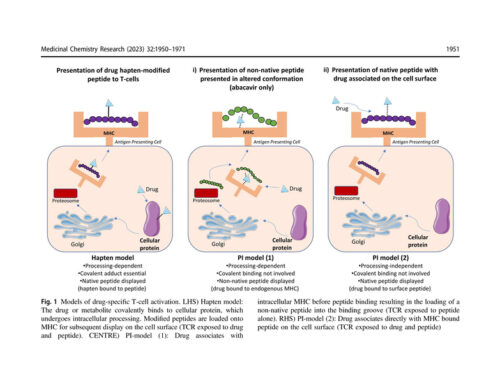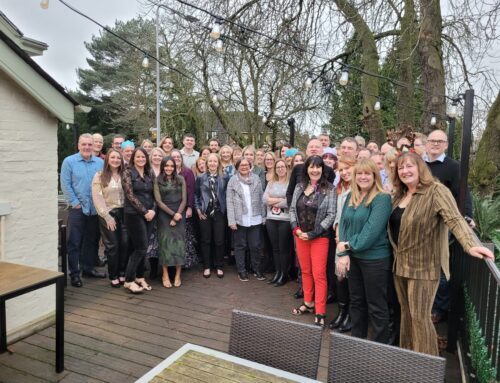SOT 58th Annual Meeting & ToxExpo – 2613: Talk by Dr Paul Duffy of ApconiX

At the Society of Toxicology 58th Annual Meeting and ToxExpo from March 10th to 14th at the Baltimore Convention Center, Dr Paul Duffy of ApconiX will be giving a talk as part of the Safety Assessment: Pharmaceutical—Drug Development I Platform on Wednesday March 13th 9:15am – 9:30am in Convention Center Room 321.
New Opportunities for a Psychoactive Psilocybin in Neuropsychopharmacological Clinical Disorders.
Authors: P. A. Duffy1, S. Stansfield2, G. Healing1, R. Knight1, and R. A. Roberts1,3.
1ApconiX, Alderley Edge, United Kingdom; 2COMPASS Pathways, London, United Kingdom; and 3University of Birmingham, Birmingham, United Kingdom.
Abstract:
Abnormalities of neuropsychopharmacological function of the Central Nervous System (CNS) can result in morbidities and disease that have a huge impact on society as well as the wellbeing of the individual. As the CNS plays a central role not just in the field of psychiatry but also in the physiological control of many bodily functions, such disorders have the capacity to be manifest widely across different fields of medicine. Basic and clinical research into neuropsychopharmacological disease is ongoing within academia and the pharmaceutical industry but there is still an unmet medical need in many areas. What is becoming increasingly clear is that some previously researched pharmacology and drugs may present opportunities yet to be realised. The psychoactive drug psilocybin is currently under clinical development for potential benefit in treatment resistant depression. The compound, originally derived from a range of mushrooms including Psilocybe species, has been used recreationally and spiritually for hundreds of years. Additionally, there have been limited clinical studies in the psychiatric field in the 1960s. Although humans have been exposed to psilocybin over many decades, either illicitly or as an active agent in many clinical trials, no formal good laboratory practice (GLP) safety studies have ever been conducted to underpin its safety. To supplement existing published information on the effects of psilocybin in animals and humans, we performed to GLP a hERG assay, a battery of genetic toxicity studies and an extended single dose study in rats at maximum tolerated dose (MTD). Unlike the development of a new chemical entity, the purpose was not to produce a dose response curve and then delineate a “safe” clinical dose. Rather, it was to confirm, under GLP, that we understood the toxicology in relation to previously published non-GLP data from experiments and clinical trials and to establish that there were no unreported toxicities that needed to be taken into consideration. Psilocybin was shown to have low potency interaction with the hERG channel (minimal effect at 1000μM and no effect at 100μM) and no potential for genotoxicity. It was also shown to produce a range of effects in rats that were entirely consistent with previously reported effects in animals and humans. This toxicology package filled significant gaps in the existing information in the literature and supported progression to clinical trials in treatment resistant depression.
Click here to find out more about collaborative talks and presentations with ApconiX at SOT.
Click here to see more details of the SOT programme.





